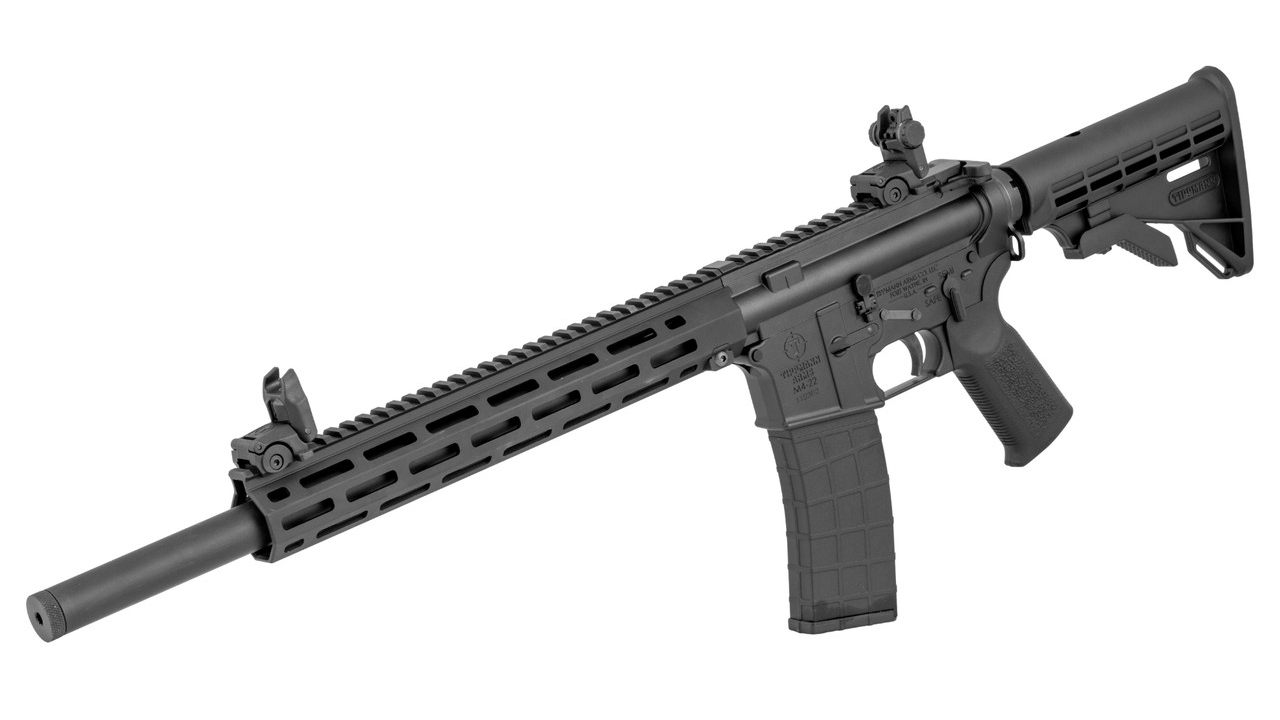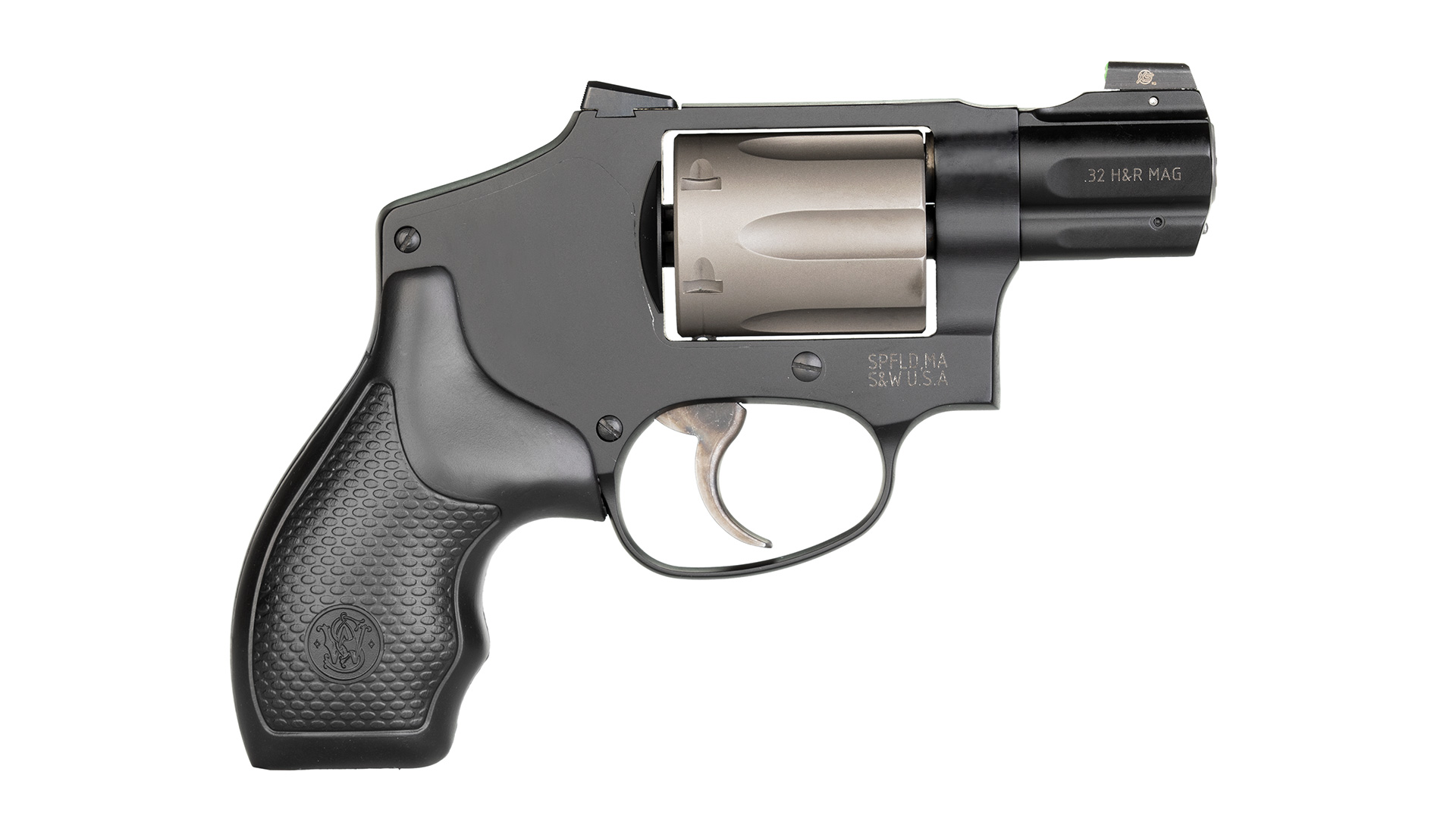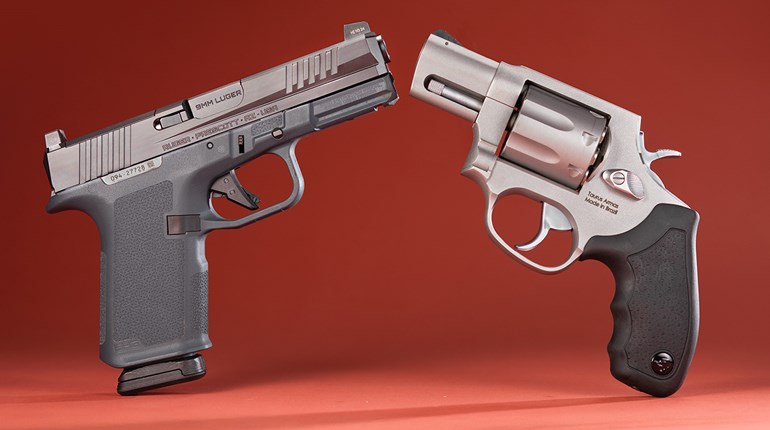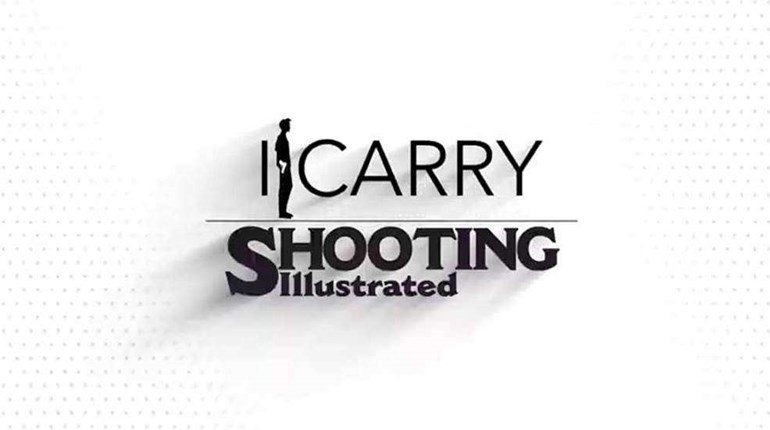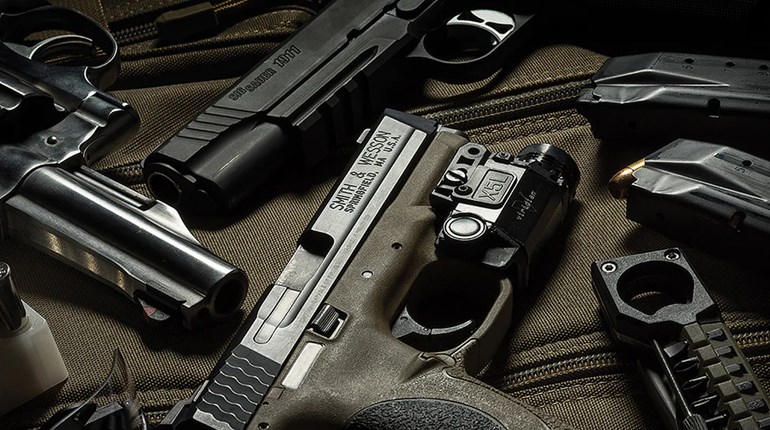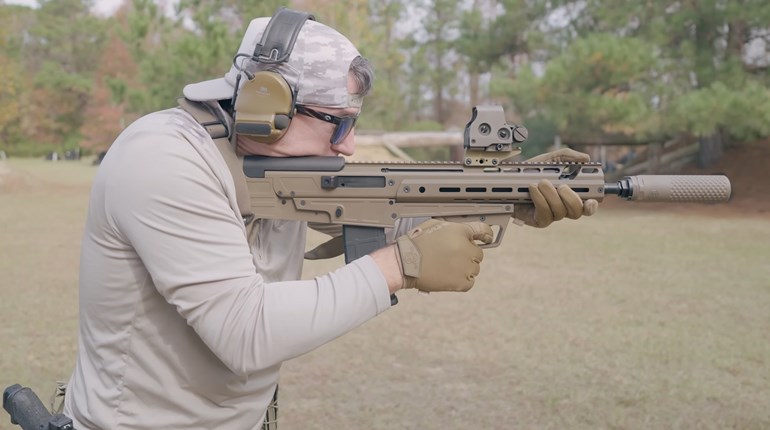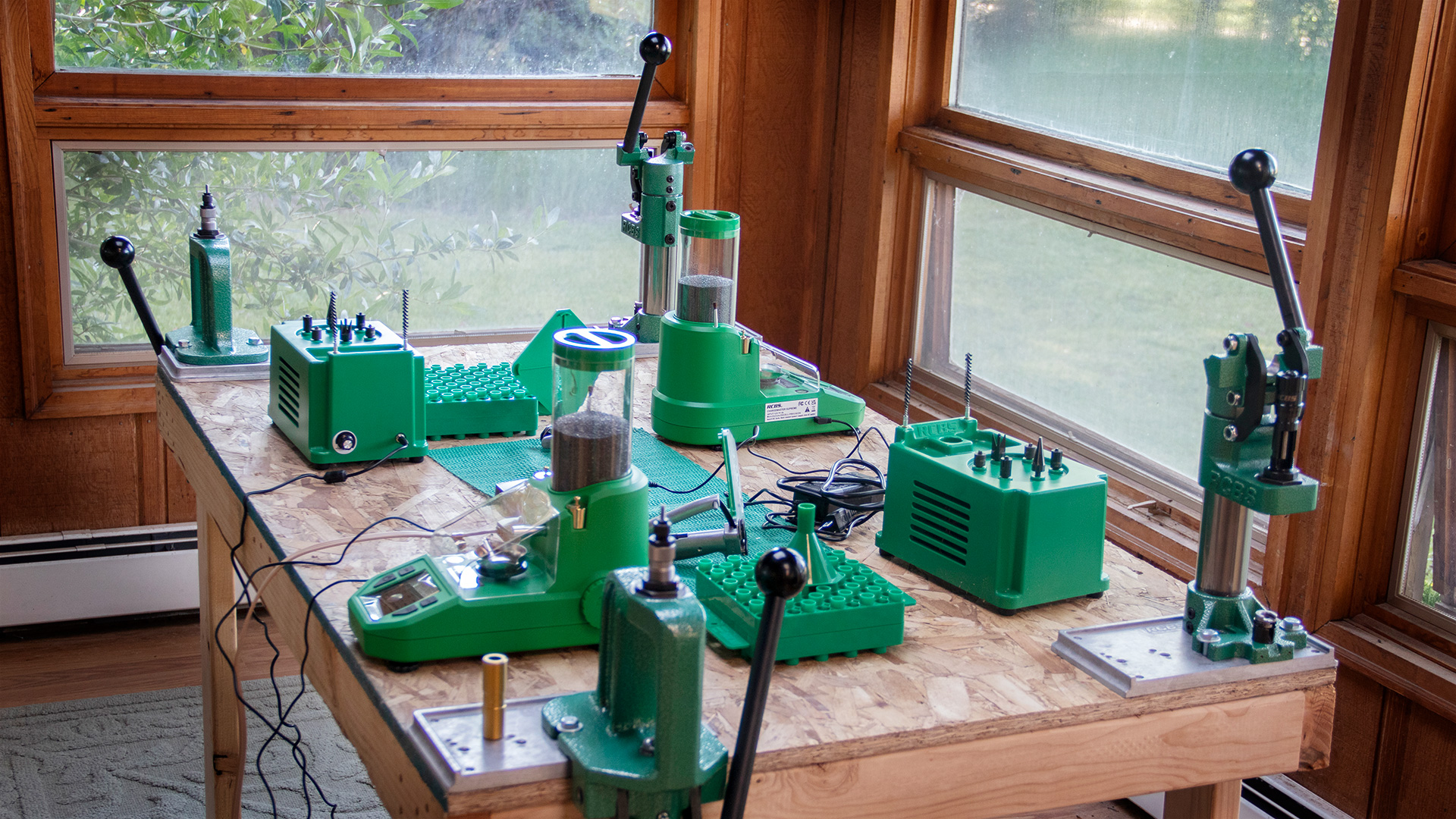
At a recent writer’s event, the folks at RCBS held an impromptu handloading clinic. With, naturally, a number of handy RCBS gear, eight writers went through the various stages of reloading to prepare match-quality 6.5 Creedmoor rounds. Some of the writers were expert handloaders who had been “rolling their own” for decades; others, like me, had minimal experience to say the least. I’ll say this, though: If you’re going to learn, learn from people with decades of experience on solid equipment with which they are thoroughly familiar.
First, though, I need to reiterate: This is not a guide to handloading. We’ve posted many articles on creating your own ammunition over the years here at Shooting Illlustrated; I’m merely going to touch on some of the finer points. I’m sure there are some critical steps I’m, well, overlooking in the interest of this not being a straight “how-to” guide. This is merely my take on an excellent learning opportunity.
Second, I do want to mention that while this was a writer’s event, there are almost certainly places where seasoned handloaders can offer tips and guidance to the beginner. Check with your local range, gun store or even state-level advocacy groups for information on teaming up with veteran handloaders. I’ve had many good people volunteer to help me learn (and taken a couple up on their offers).
We started the clinic with new Starline brass, which does eliminate the steps of de-priming fired brass and its cleaning. The first order of business was to lubricate the brass, using RCBS Case Slick and then running the brass through the sizing die on an RCBS Rebel press. Once re-sized, the brass was wiped clean and then made ready in trays.

Next up, we prepared the brass for powder. Here we had an RCBS Brass Boss to help us rather than hand tools (which will work, but take longer). Three stations prepare the case neck inside and out as well as the primer pocket to ensure proper dimensions. After this, we hand-primed the cases with new primers using an RCBS Hand Priming tool. Be sure all primers are facing in the right direction and fall into the pocket for use … Oh, and make sure the primer door is open, too.

All that’s left now is to add the powder and seat the bullet. Using the new Chargemaster Supreme, we weighed out exact (literally, to the tenth of a gram) measurements for the cartridge. Primed cartridges were filled and then set aside for the final step, seating the bullet. The new Summit Press and Matchmaster dies made this a cinch: Put the brass into the die, drop the bullet in the window up top and operate the press. Check overall length in the gauge, and the rounds are ready.
Yes, I’m sure I glossed over quite a few steps, but again, I wanted to give a general overview rather than a how-to. As someone that has handloaded only twice prior, the most recent more than a decade prior, what was most eye-opening is how simple it really is. With as much or as little equipment as your time and budget allows, the steps are clear, make sense and don’t take a ton of time.
The end result? Ammunition that bested top-notch factory ammunition in both velocity spread and accuracy. Actually, this is where it got really interesting. We compared the handloads to Federal Premium Gold Medal Match 6.5 Creedmoor, and while the handloads were indeed both more accurate and had less variation in velocity, the difference was pretty close. While I’ll be the first to admit that some of that might have been due to my meager handloading skills, a big chunk of it is that quality factory ammunition is pretty darn accurate these days.
As for handloading? I can definitely see the appeal. There’s a definite zen to the whole art of putting together quality ammunition, and a bit of pride in the independence that comes from being able to make your own ammo. While I’ll rely on factory ammo for now, I suspect I’m going to have to make some room in my workshop for a press. And a few more tools. And…












